- Home
- Articles
- Architectural Portfolio
- Architectral Presentation
- Inspirational Stories
- Architecture News
- Visualization
- BIM Industry
- Facade Design
- Parametric Design
- Career
- Landscape Architecture
- Construction
- Artificial Intelligence
- Sketching
- Design Softwares
- Diagrams
- Writing
- Architectural Tips
- Sustainability
- Courses
- Concept
- Technology
- History & Heritage
- Future of Architecture
- Guides & How-To
- Art & Culture
- Projects
- Interior Design
- Competitions
- Jobs
- Store
- Tools
- More
- Home
- Articles
- Architectural Portfolio
- Architectral Presentation
- Inspirational Stories
- Architecture News
- Visualization
- BIM Industry
- Facade Design
- Parametric Design
- Career
- Landscape Architecture
- Construction
- Artificial Intelligence
- Sketching
- Design Softwares
- Diagrams
- Writing
- Architectural Tips
- Sustainability
- Courses
- Concept
- Technology
- History & Heritage
- Future of Architecture
- Guides & How-To
- Art & Culture
- Projects
- Interior Design
- Competitions
- Jobs
- Store
- Tools
- More
The Evolution of Steel in Construction
Steel has been a cornerstone of architecture since the Industrial Revolution, valued for its strength, adaptability, and versatility. From classic carbon, alloy, and corten steel to cutting-edge innovations like lightweight, low-carbon, and smart steel, the material continues to redefine construction possibilities. This article traces steel’s journey through history, examines its latest applications, and looks ahead to its role in building the sustainable, modular cities of tomorrow.

Steel is a significant building material that began to be used in construction in the mid-19th century, beginning after the Industrial Revolution era, and has never lost its popularity. In architecture, use of steel is widespread due to its durability, adaptability, and versatility. Steel has evolved in the architectural industry, including traditional steel applications used throughout history and emerging steel innovations. In this article, we’ll see this evolution and the future of steel in construction.
Table of Contents
ToggleTraditional Steel Types
Traditional steel consist of carbon steel, alloy steels and corten. In general, traditional steel used in structure due to its strength and durability. Mild or carboon steel which has high tensile strength mostly used in frames, bridges and infrastructure. It is also more affordable type compared to other steel types. Structural components in bridges and industrial facilities are important elements that we see the use of mild/carbon steel. For instance, it widely used in the frame of the Empire State Building in New York.

Alloy steels are kind of a mixture of elements such as chromium, nickel, vanadium, or manganese to improve mechanical properties. Due to its greater resistance to wear and high temperatures, alloy steel can be used as heavy-duty structural members in skyscrapers and long-span bridges in order to increase strength and hardness. Golden Gate Bridge consist of High-strength alloy steel in the suspension cables.
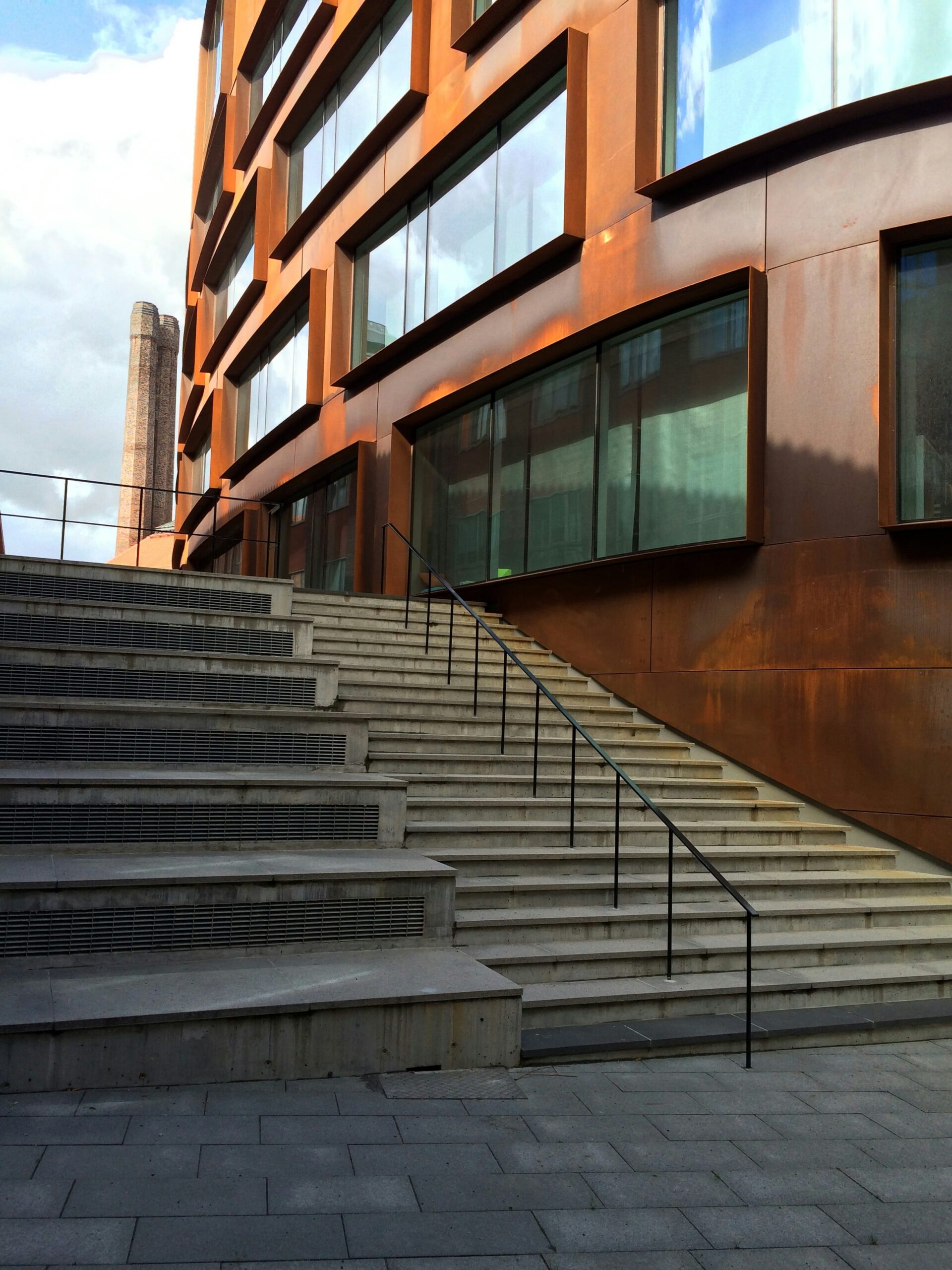
Corten, or weathering steel as it is also known, is a steel alloy that develops a rust-like appearance when exposed to weather, eliminating the need for painting. Corten forms a protective oxide layer that makes it highly corrosion-resistant, requiring minimal maintenance over decades. Since its distinctive reddish-brown finish adds a unique aesthetic appeal in architectural design. Therefore, corten is mostly used in building facades, in the aim of public art and architectural features like in The New River Gorge Bridge. In this bridge, weathering steel had chosen for durability and reduced upkeep.
Emerging and Advanced Steel
There are emerging and advanced steel types in contemporary construction industry. High and ultra high-strength steels, lightweight steel, recycled/low-carbon steel are among the latest technology steel types. All new-generation steel types are preferred for specific purposes. For example, light-weight steel is perfect for modular construction, housing, and prefabricated structures. While high-strength steel reduces material volume while supporting taller buildings, recycled/low-carbon steel is an alternative for environmentally friendly structures.
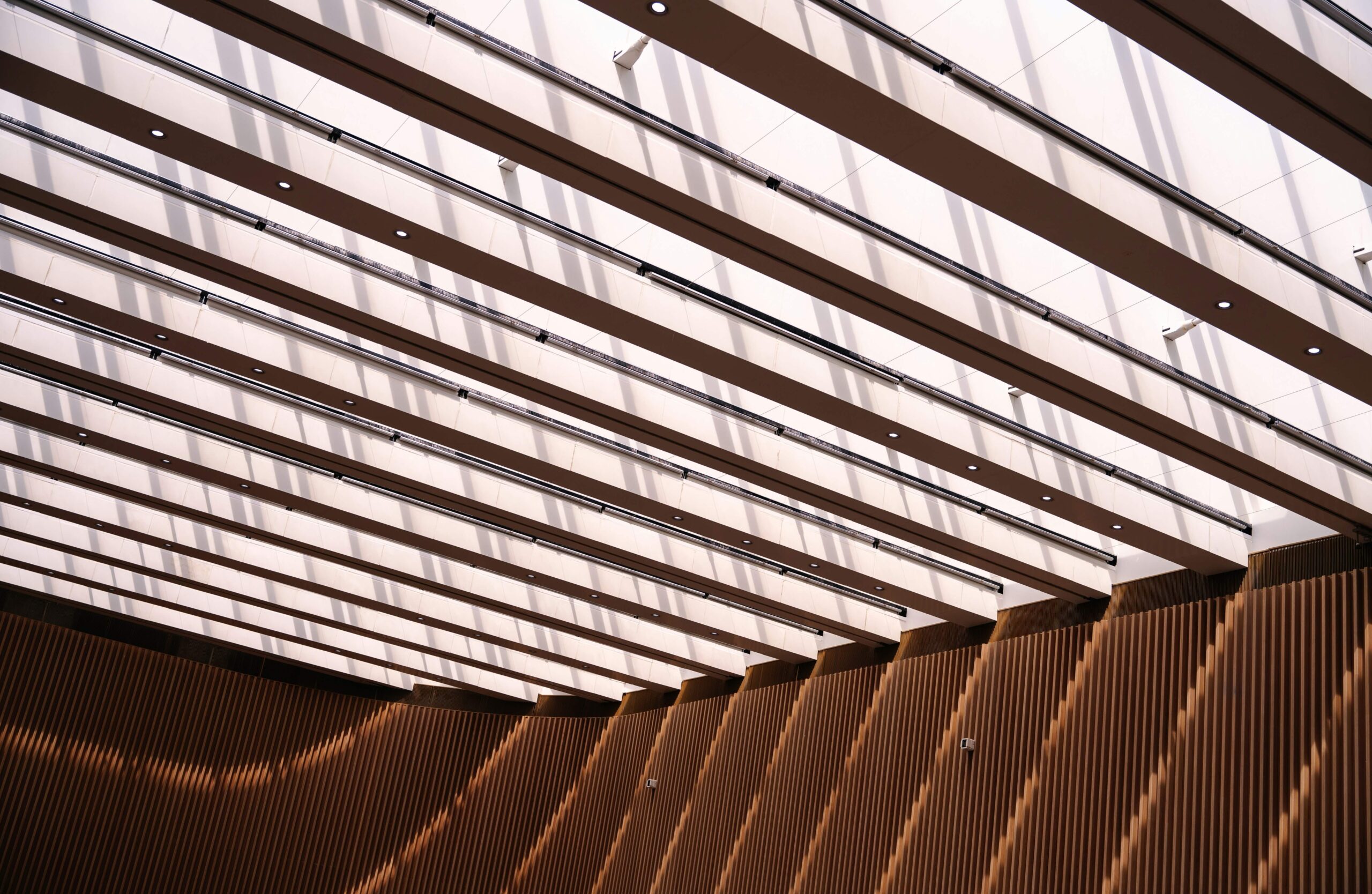
Lightweight Steel in Action
Lightweight steel, one of the most popular types of emerging steel, has recently been preferred in examples such as modular housing, industrial warehouses, temporary structures, and interior partitions.
Lightweight steel structures offer architects a multitude of benefits, offering a fast production and practical construction experience. One of the biggest time-saving benefits is building without a foundation, which offers significant advantages for flexibility in design. Lightweight steel construction saves time, materials, and cost. Lightweight steel frames are mostly popular in modern urban housing projects in Asia or Europe.
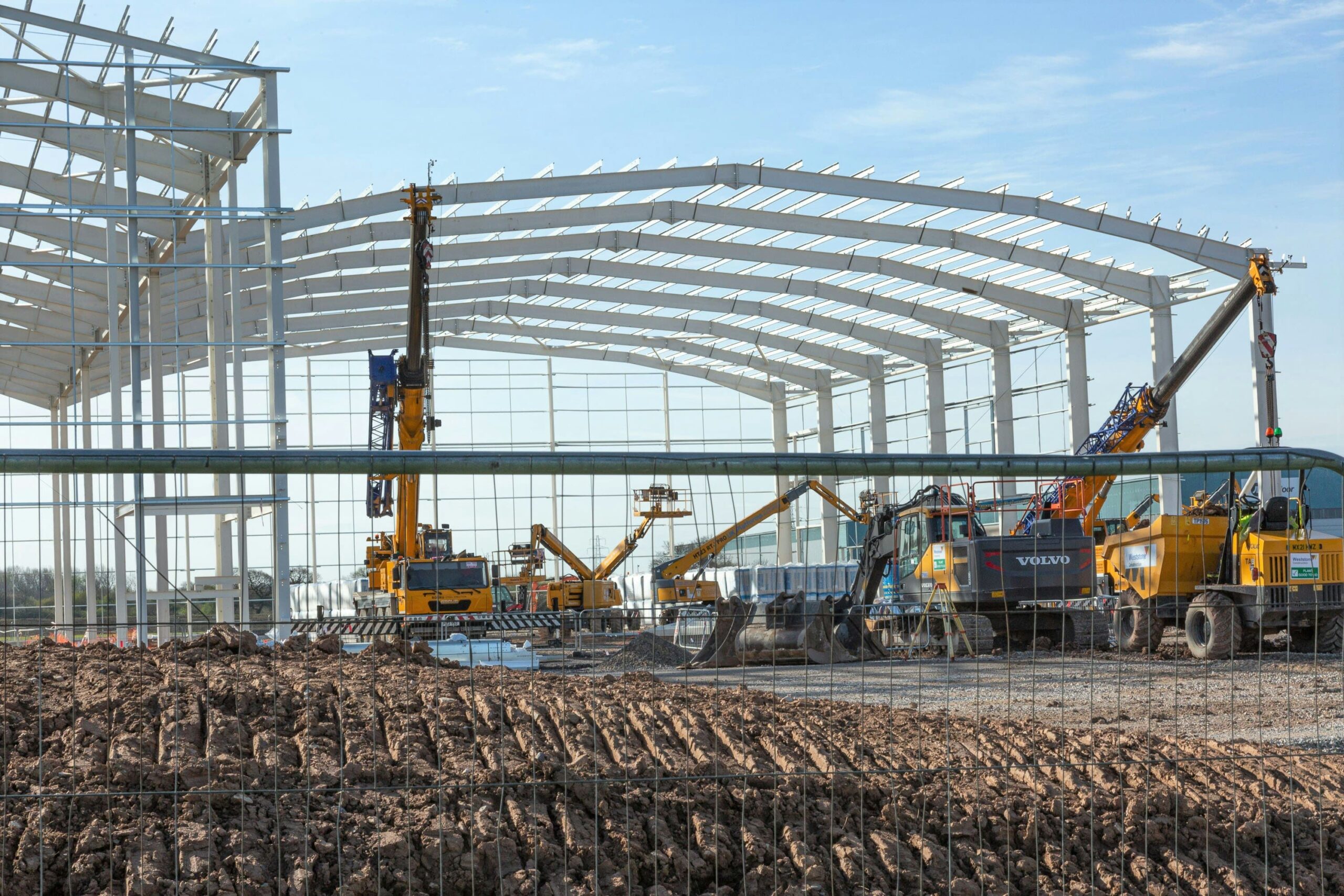
Future Trends
In upcoming years, evolution of steel will be defined by innovation and integration. Hybrid materials that merge lightweight steel with advanced composites are set to deliver stronger, lighter, and more adaptable structures than ever before. As cities aim to become greener, steel will be key in building sustainable, modular, and disaster-resistant structures that can be assembled faster and with less environmental impact. In the future of architecture, “smart steel” with built-in sensors and IoT technology will connect buildings and infrastructure to the digital networks of smart cities.
The years in which we will begin building smart cities and infrastructure in the architecture are not far off. The main structures or critical parts of infrastructures of these buildings will be constructed with “smart steel” or existing lightweight steel. Then, it seems to buildings that do not require foundations in future. The evolution of steel in construction is expected to be completed in this way or to continue in the same direction!
- advancements in steel construction
- cutting-edge steel construction
- evolution of steel in building
- future of steel in construction
- green steel construction
- innovative steel building
- modern steel construction
- steel building trends
- steel construction benefits
- steel construction companies
- steel construction design
- steel construction engineering
- steel construction innovations
- steel construction materials
- steel construction methods
- steel construction projects
- steel construction services
- steel construction techniques
- steel construction technology
- steel frame buildings
- steel in architecture
- structural steel engineering
- sustainable steel construction
Submit your architectural projects
Follow these steps for submission your project. Submission FormLatest Posts
Construction Projects Key Skills for Effective Management
Construction projects key skills for effective management: a practical guide to scope...
Key Features to Look for When Investing in Construction AI Cameras
Continuous monitoring is crucial on construction sites for effective accident prevention. Artificial...
Why Legal Support Is Critical After a Serious Construction Accident
If you are dealing with a construction accident or have ever watched...
7 Common Myths Every Contractor Should Stop Believing
The construction landscape is a complicated place at the best of times,...





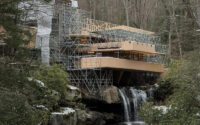



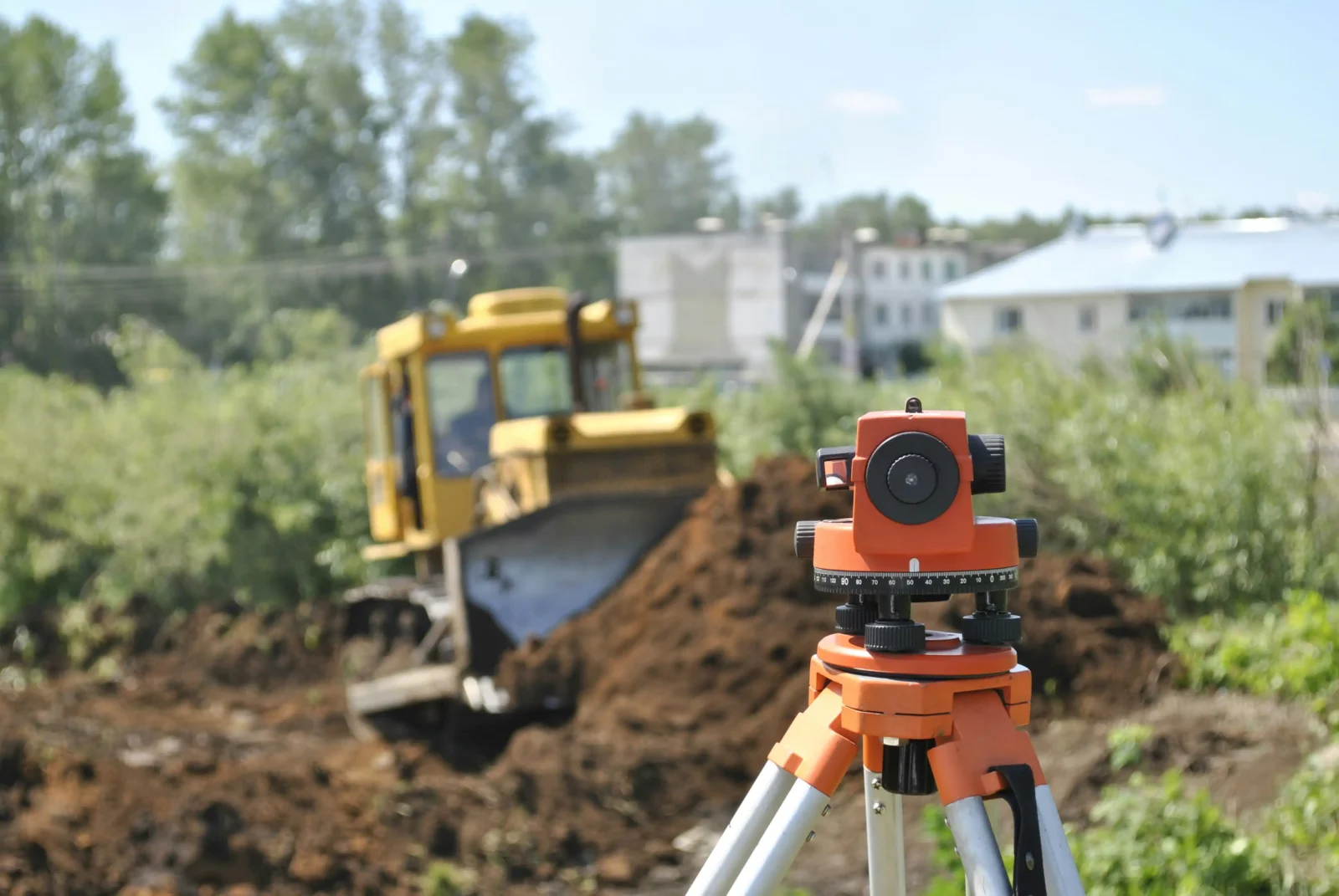


Leave a comment